Last Chance to Catch NYC's Holiday Notalgia Train
We met the voices of the NYC subway on our nostalgia ride this weekend!


In an ongoing series here at Untapped Cities, we are researching the oldest buildings in each of New York City’s five boroughs. It’s important to remember the history that still exists in this ever-changing, ever-renovating city, and Brooklyn is home to several historic, century-old buildings. In fact, Brooklyn is home to some of the oldest surviving buildings in all of New York City! From colonial farmhouses built by the first Europeans to settle in the area, to buildings that played a major role in the American Revolution, here’s a list of the top ten oldest buildings in Brooklyn.
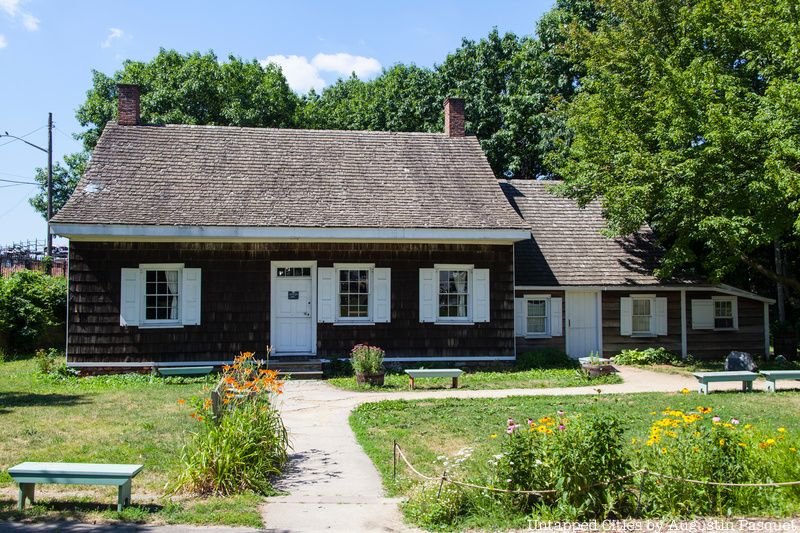
Holding the title for the oldest surviving structure in New York City, the Pieter Claesen Wyckoff House (commonly known as the Wyckoff House) in Canarsie is the oldest example of Dutch saltbox-frame houses in America. The saltbox house is a traditional New England style of architecture marked by a long, pitched roof that slopes down to the back of the house, making it so the back is one story tall but the front is two. The Wyckoff House, almost 400 years old, is one of the first structures built by Europeans on Long Island.
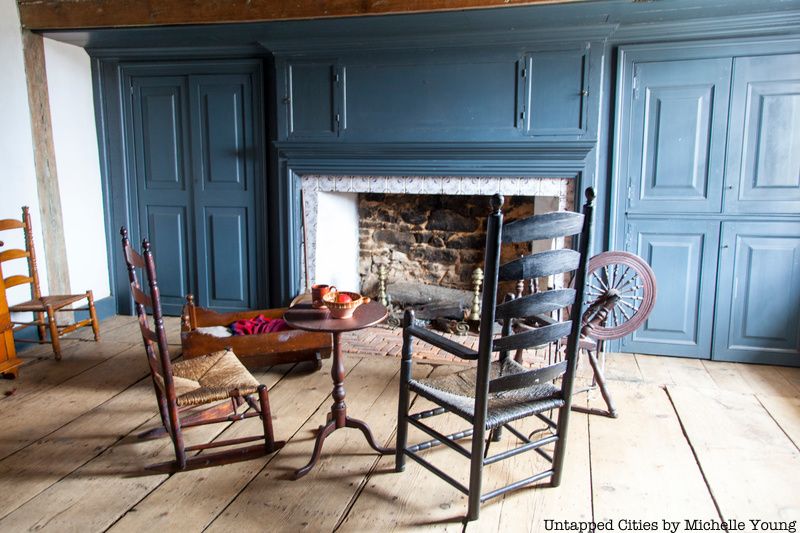
Pieter Claesen Wyckoff arrived in the Dutch colony New Netherland in 1637 and worked as an indentured farm hand until he became a tenant farmer and married the Dutch-born Grietje van Nes, siring eleven children with her. The Wyckoff house, originally a simple structure with a packed earth floor and open hearth, expanded to six rooms and held the family for eight generations. In 1982 the house was restored and reopened as The Wyckoff Museum.
Fun fact: The Wyckoff surname is so unique that the majority of Americans with the Wyckoff last name, and any of its variations, can trace their descendants to one of Pieter and Grietje’s eleven children!
The Wyckoff House is located at 5816 Clarendon Rd, Brooklyn.
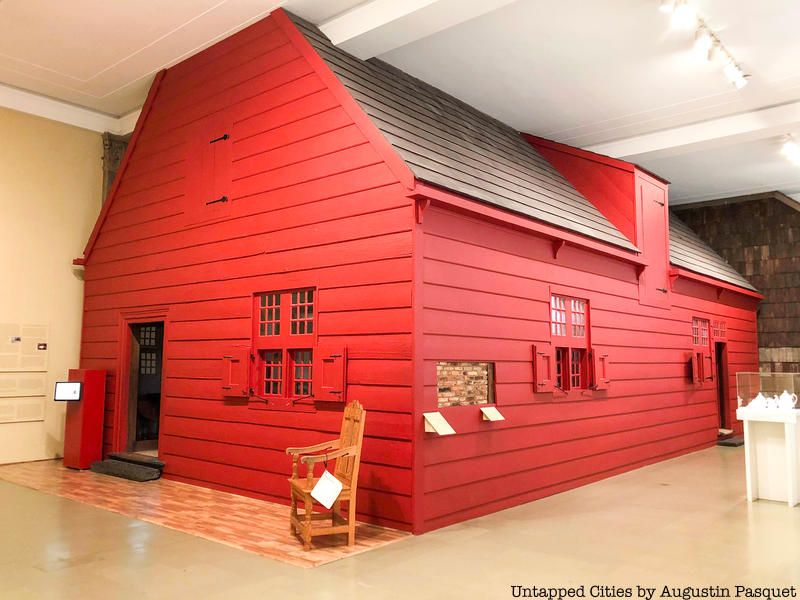
The Jans Martense Schenck House was originally located in the town of Flatlands, one of the six rural towns that would one day become the borough of Brooklyn. The entire area was under Dutch rule until 1664, and Flatlands was first known as New Amersfoort, named after the Amersfoort in the Netherlands. Before that, the area was home to the Canarsie tribe, but conflict and disease all but eradicated the local Native American population by the 1680s.
The house was built on land Jan Martense Schenck purchased in 1675, and its design is traditional to ancient Northern European methods of construction, contrasting with the boxlike houses popular in England at the time. The house’s original design consisted of two rooms, with a central chimney and a framework composed of one dozen “H-bents,” visible from inside the house. The building actually underwent many changes throughout its lifetime, including the addition of a kitchen wing and a porch, but when The Brooklyn Museum chose to save and dismantle the house in 1952, it decided to return the house to its early Dutch colonial structure. The house now resides inside the Museum, reconstructed and interpreted into what it’s believed to have looked like in the 1730s. It stands next to the house of Nicholas Schenck, the grandson of Jan Martense, which we will discuss further on in this article.
The Brooklyn Museum is located at 200 Eastern Parkway.
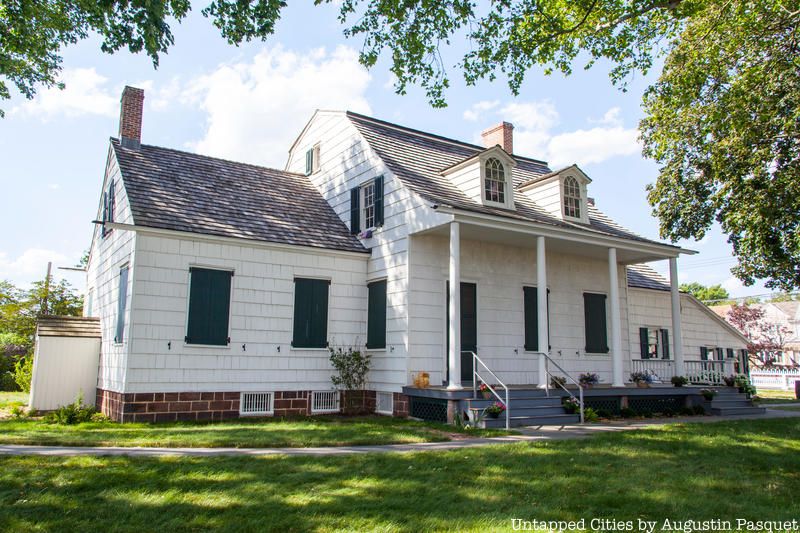
The Hendrick I. Lott House in Marine Park is one of the oldest surviving Dutch Colonial farmhouses in Brooklyn. It was described by Friends of the Lott House as “50 years older than America itself, built as Swift began Gulliver’s Travels and Bach completed the Brandenburg Concerto,”. The house’s earliest iteration appeared in 1720, after the prosperous farmer and member of the New York Colonial Assembly, Johannes Lott, purchased the land the house stands on in 1719. Hendrick I. Lott, Johannes Lott’s grandson, chose to expand the house and made the original building the east wing of his new homestead. Lott kept the classic Dutch Colonial gambrel roof but added several English features to the structure, creating the Dutch-English mix seen in most American buildings of the time. The Hendrick I. Lott House held the title for longest continual ownership of a property by a single family in New York City until it was purchased by the City of New York in 2001.
At its grandest, the Lott’s farm had a size of more than 200 acres, and the family owned more slaves than any other family in the neighborhood. It’s believed, however, that the Lott family may have been abolitionists – they actually freed their slaves by 1805, two decades before the abolition of slavery in the state of New York and there is physical evidence that house served as a stop on the Underground Railroad.
The Lott House is undergoing restoration and is occasionally opened to the public, such as on tours for Untapped Cities Insiders. There you can see the closet within a closet that is believed to have been a temporary haven for slaves escaping along the Underground Railroad.
The Hendrick I. Lott House is located at 1940 E 36th St, Brooklyn.
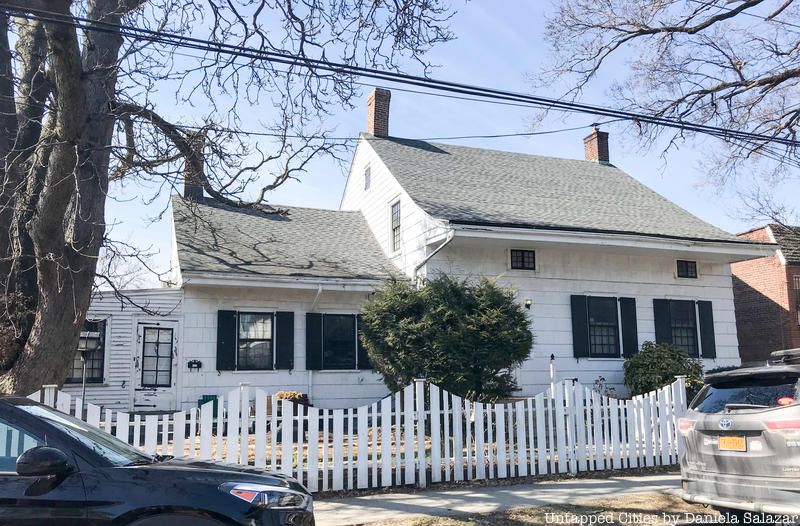
Flatlands is the first area in Kings County occupied by European settlers (it was bought from Native Americans in 1636, just ten years after the Manhattan Island was bought), and it’s therefore where most of Brooklyn’s oldest historic sites are located. The Stoothoff-Baxter-Kouwenhoven House is another landmarked building from this area, and it’s an example of the types of farmhouses constructed by Flemish farmers who immigrated to New York from Holland in the 1700s.
The Stoothoff-Baxter-Kouwenhoven House, one and a half stories tall with pitched roofs, projected eaves, shingles and end chimneys, was constructed in two parts – one small wing was built in 1747 and the large majority was built in 1811. The house has actually been moved twice, probably by horse-drawn wagons. John Baxter describes the 1811 move in his diary, and the diary itself has become a valuable primary resource for the neighborhood’s history.
The Stoothoff-Baxter-Kouwenhoven House is located at 1640 E 48th St, Brooklyn.
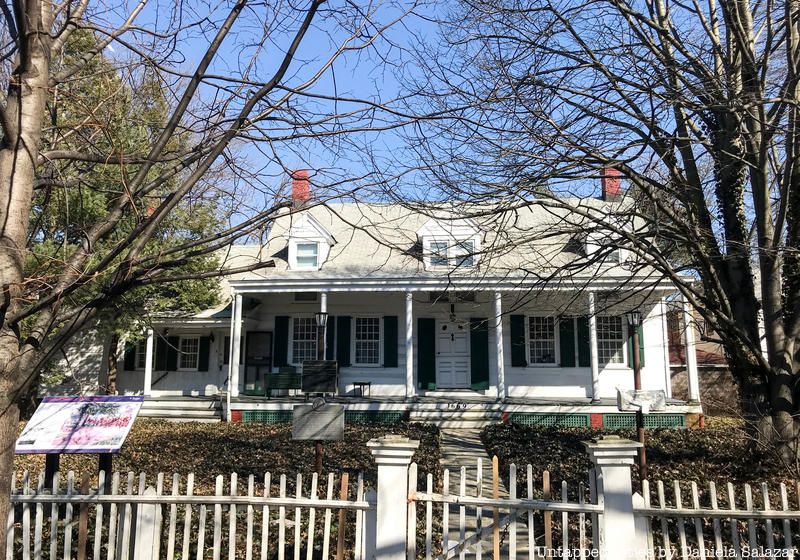
The Wyckoff-Bennett Homestead in Flatlands is one of the last privately owned Dutch Colonial houses in the city of New York, and it was described by the historian Maud Dilliard as the most beautiful example of Dutch Colonial architecture in Brooklyn. The house, originally owned by the Wyckoff family, was bought by the Bennetts in 1835. It has a long porch, with six slender columns used to support its slopping roof, and Eighteenth Century paneled woodwork in its interior.
The Wyckoff-Bennett Homestead played an active role in the American Revolution; during the British invasion of 1776, Hessian soldiers were quartered in the building. It’s likely these soldiers participated in the Battle of Brooklyn of 1776, and the house’s windowpanes showed etchings of the soldiers’ names and ranks, marks likely made during the troop’s stay there. Two such panes are preserved by the house’s current owners.
The Wyckoff-Bennett Homestead is located at 1669 East 22nd Street, Brooklyn.
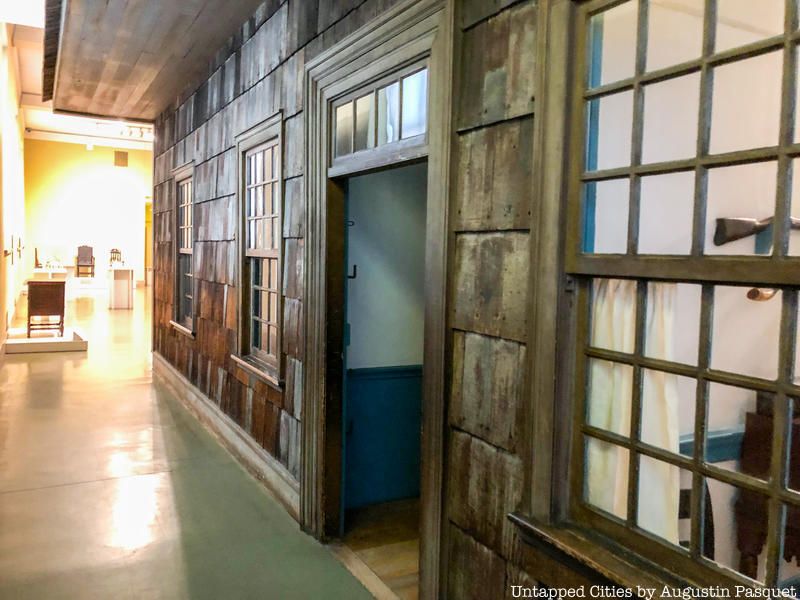
Nicholas Schenck, the grandson of Jan Martense Schenck, built this house that also stands in the Brooklyn Museum between about 1770 and 1775. It is difficult to get a full shot of the house due to a hallway in the museum, but the home is a typical Dutch-style home at one-and-a-half stories and a gambrel roof. The home was donated by the City of New York to the Brooklyn Museum after many years serving as a concession stand inside Canarsie Park.
The Brooklyn Museum restored the house to how it would have looked in about 1830, when Nicholas Schenck Jr. and his family lived there. Restoration considered the paint color, derived from paint fragments, as well as the practices of the time – original large fireplaces are closed up because cast-iron stoves would have been the customary heating source.
The Brooklyn Museum is located at 200 Eastern Parkway.
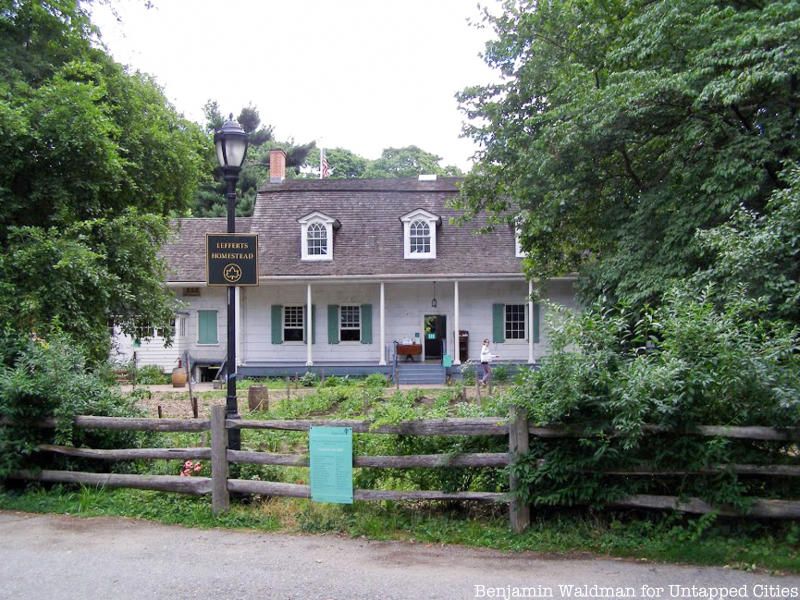
The Lefferts Homestead, built in the farming village of Flatbush, was home to Lefferts family, once one of the wealthiest, most renown and influential families in Brooklyn. In 1776, American soldiers burnt down the Lefferts Homestead, in order to smoke out British troops, and this led Continental Army Lieutenant Pieter Lefferts to build the 1783 house we see today.
The Lefferts house, with its traditional Dutch porches, now resides in Prospect Park, six blocks from its original location. In 1917, in order to protect the house from development threats, the John Leffert’s estate offered the home to the city of New York under the condition that it be moved onto city property, as a means of protection and preservation. The house now works as a museum, featuring a working garden, historic artifacts, period rooms, exhibits and activities such as candle making and butter churning.
The Lefferts Homestead is located at 452 Flatbush Ave, Brooklyn.

Nestled in the heart of Brooklyn is one of New York City’s most impressive yet little known treasures – Erasmus Hall, a Gothic-style school that is reminiscent of the colleges at Oxford and Cambridge. Founded in 1786 in an area settled by the Dutch, Erasmus Hall is considered one of the oldest schools in the United States and was the first secondary school chartered by the New York State Regents. It was funded by some of the country’s most famous Founding Fathers including Alexander Hamilton and Aaron Burr and features notable alumni like Mae West, Barbra Streisand and Neil Diamond. Today, five schools use the complex, now known as Erasmus Hall Educational Campus, which is filled with notable art and architecture.
Less visible from the outside is the original wooden clapboard school building that dates to 1786, which still exists inside the high school courtyard. The Federal style building was constructed by local Dutch families (the Flatbush area is also home the Flatbush Dutch Reformed Church, built in the decade following the school). The white paint has long been peeling and the green shutters in need of restoration. The columns were no longer supporting the structure amongst other significant damage, and in 2011, the 1786 building received a long-awaited grant for its restoration. The building still needs more love but in 2017 Brooklyn Borough President Eric Adams pledged $650,000 of the capital budget for exterior restoration.
The stained glass of Erasmus High School is featured on the front cover of the second edition of the book Secret Brooklyn: An Unusual Guide, by Untapped Cities founder Michelle Young and the company’s CEO Augustin Pasquet.
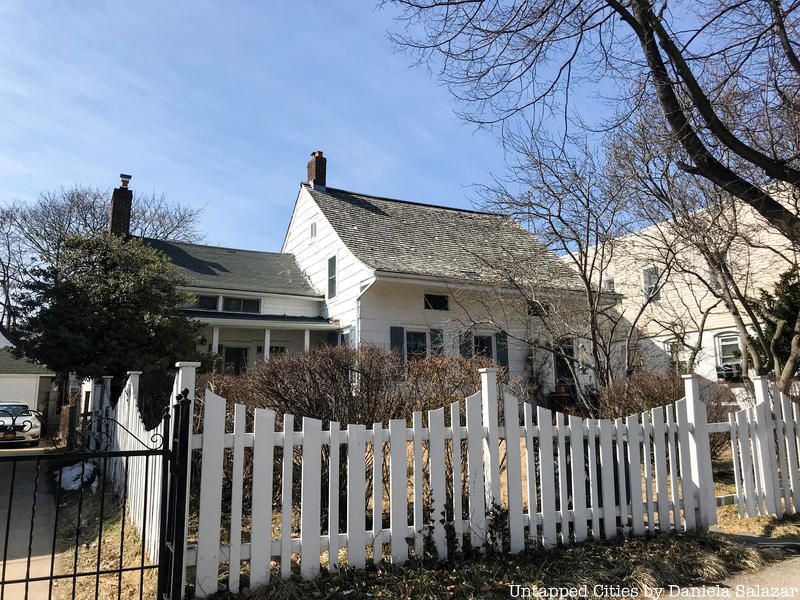
The Joost Van Nuyse House is another example of the Dutch Colonial farmhouse, and it is sometimes called the Ditmas Coe House or the Van Nuyse-Coe house, named after both the man suspected to have built the dwelling, Joost Van Nuyse, and Ditmas Coe, who rented the home in 1852.
The house is one and a half stories high, almost square with a steeply pitched roof, and is commended by conservationists for its excellent proportions, fine details and good state of preservation. The house was bought by the Amersfort Nursery in 1923 and moved from its original location to its current one. Landmarked in 1969, the Joost Van Nuyse House is now a private residence.
The Joost Van Nuyse House is located at 1128 E. 34th St., Brooklyn.
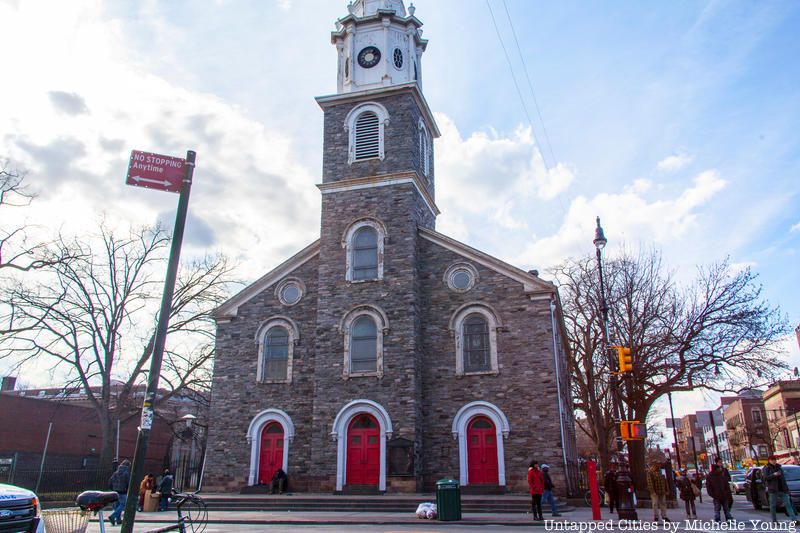
The Flatbush Reformed Protest Dutch Church, or Flatbush Reformed Church, was built from 1793 to 1798 and is even mentioned in one of H. P. Lovecraft’s stories, its cemetery described as an “iron-railed yard of Netherlandish gravestones”. The structure seen today is actually the third church built on the site. The first one was erected in 1654 and was the first church in Flatbush, awarding The Flatbush Reformed Church with the title of longest continuous use for religious purposes in the city.
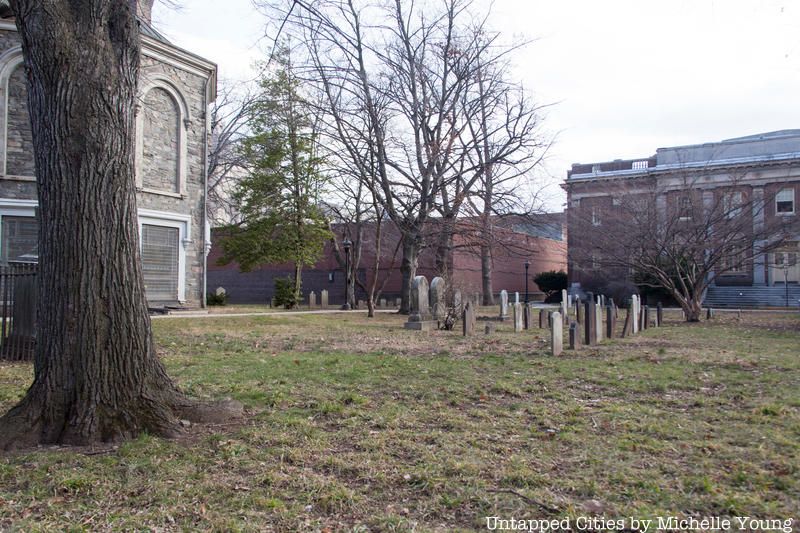
The building, made with Manhattan schist, has elements of the early American Georgian style, including a white octagonal spire and stone belfry adorned with Tuscan colonettes. The church also features Tiffany glass windows, installed in 1889 to commemorate the descendants of early Flatbush settlers, and many of the church’s cemetery gravestones bear the names of prominent Flatbush families.
The Flatbush Reformed Protest Dutch Church is located at 890 Flatbush Ave, Brooklyn.
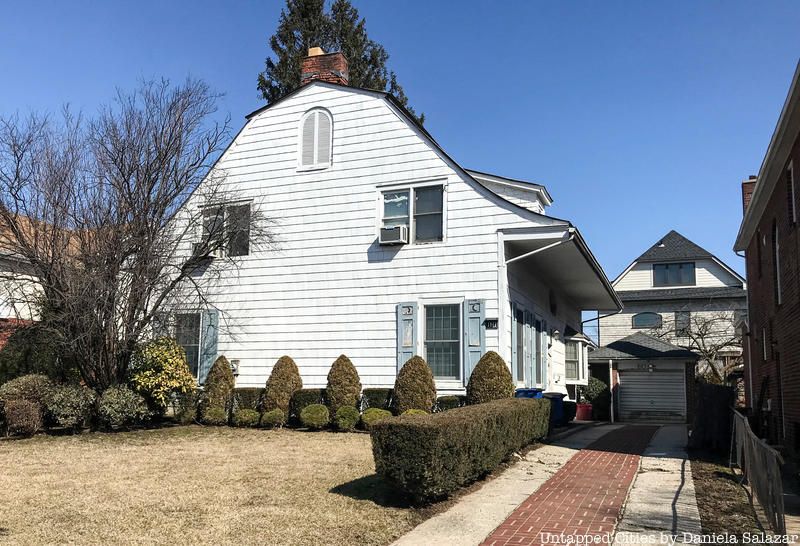
Rumored to have taken three years of careful planning to build, the Vans Nuyse-Magaw House in Midwood was completed by Johannes Van Nuyse in 1803, on the west end of his father’s farm. It was bought by Robert Magaw and later became the property of George C. Case, who removed the kitchen wing and moved the house to its current location in 1916.
The house is two and a half stories tall, rectangular, shingled and features a gambrel roof with an out-sweeping curve. Like the Van Nyuse House, the Magaw house was designated a landmark by the New York City Landmarks Preservation Commission in 1969.
The Vans Nuyse-Magaw House is located at 1041 East 22nd St, Brooklyn.
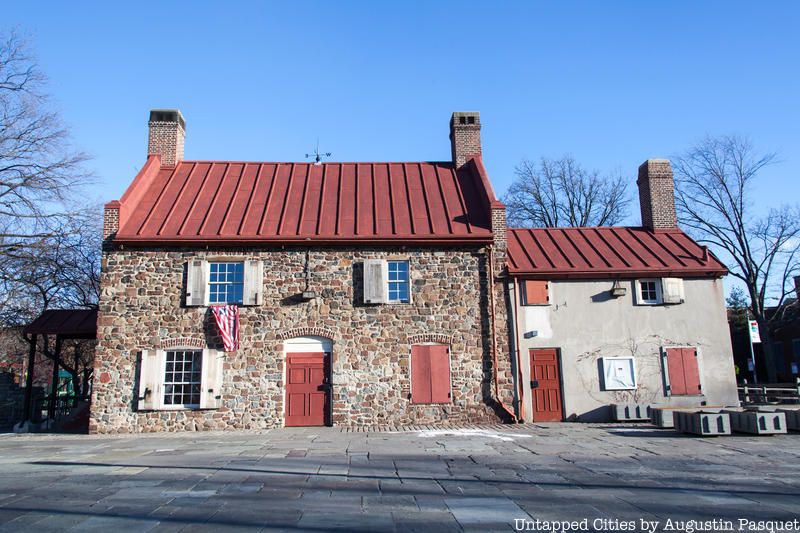
The Old Stone House is a 1933 replica of the Vechte-Cortelyou House, which was destroyed in 1897. The house, made with solid stone and featuring high brick gables and a tile roof, was originally constructed in 1699 by Hendrick Claessen Vechte, and it’s the site of the largest battle of the Revolutionary War, the Battle of Brooklyn.
On August 27th, 1776, American General William Alexander, also known as Lord Stirling, led a regiment of 400 Maryland soldiers (now known as the “Maryland 400”) against 2,000 British troops, who were fighting from their stronghold at the Old Stone House. The battle ended as a devastating defeat for the American side, and most of the Maryland 400 lost their lives that day. Today the Old Stone House, reconstructed using stones from the original site, is located in Washington Park and serves as a center for historical education.
Fun fact: The Old Stone House was the original clubhouse for the professional baseball team called Brooklyn Superbas…later to be known as the Brooklyn Dodgers. The lost game of ice baseball was popularized here.
The Old Stone House is located in Washington Park at 336 3rd St, Brooklyn.
Next, check out The Top 7 Oldest Buildings in Manhattan, NYC and The Oldest Buildings in New York City’s Five Boroughs
Subscribe to our newsletter